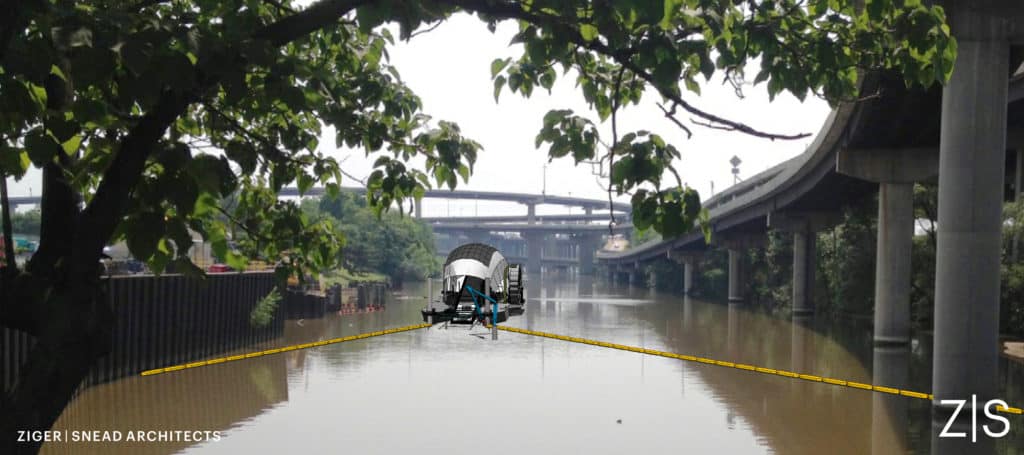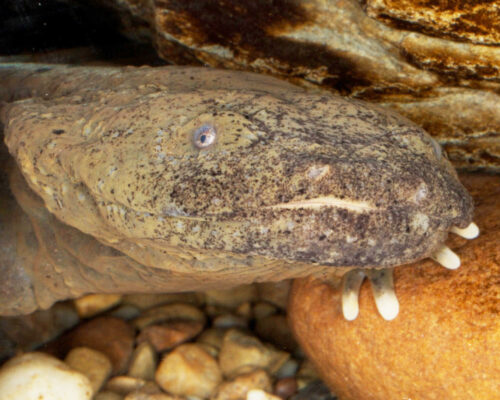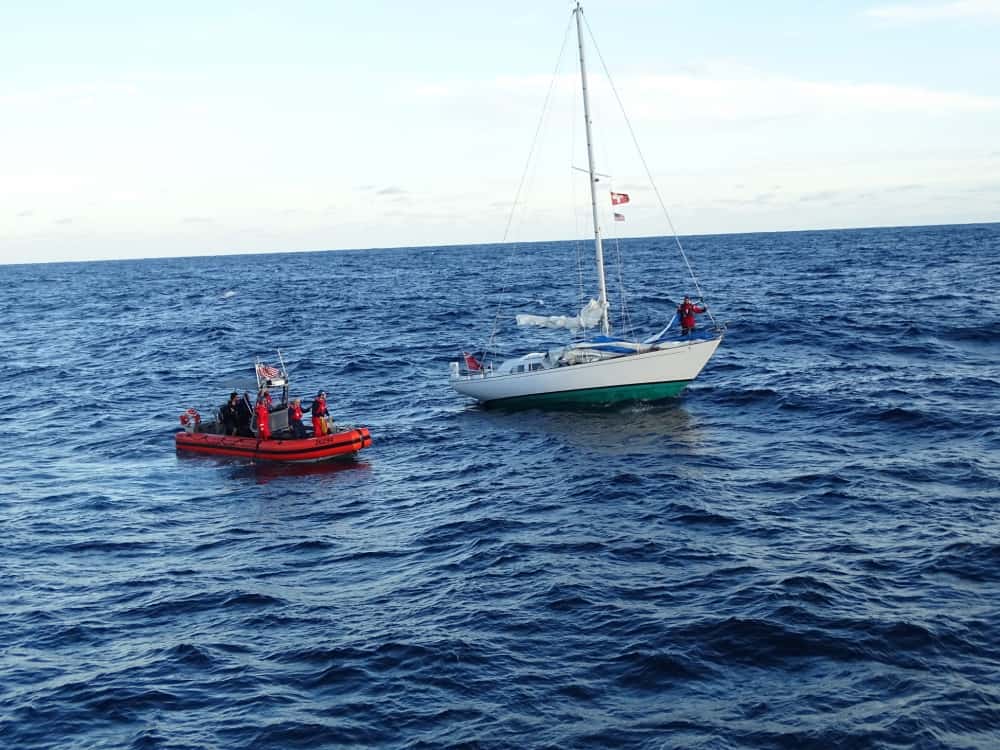The Baltimore City watershed is adding a fourth trash interceptor to its “fleet” of world-famous, googly-eyed garbage gobblers.
This one– the largest of all– will be at the mouth of the Gwynns Falls, on the Patapsco River’s Middle Branch in South Baltimore. Its water wheel-conveyor belt system will collect trash and debris before they pollute the Patapsco and the Chesapeake Bay.
The adorably personified trash wheel “family” currently includes Mr. Trash Wheel at the Inner Harbor, Professor Trash Wheel in Canton, and Captain Trash Wheel at Masonville Cove. So far, they’ve kept 1,200 tons of trash and debris out of the river.
The newest trash wheel will need a name, of course, and the Waterfront Partnership’s Healthy Harbor Initiative is asking for suggestions. Submit yours here.
The trash wheel will be built and installed by Clearwater Mills, the Pasadena, Maryland-based company that invented the technology. It will have a grappling arm to help move large debris and a canopy covered by 72 solar panels. Solar and hydro power turn the water wheel, which powers a series of rakes and belt that will lift trash from the water and put it on a dumpster barge.
“We’ve had our googly eyes set on the Gwynns Falls for a long time,” said Adam Lindquist, director of the Healthy Harbor Initiative. “An estimated 400 tons of litter and debris flow into the Middle Branch each year. This new trash wheel will mean cleaner shorelines and less plastic in the Harbor and the Chesapeake Bay.”
Baltimore City and Baltimore County are both providing funding for operations.
“The trash wheels help give Baltimore communities the clean harbor they deserve,” Baltimore Mayor Bernard C. “Jack” Young said in a statement. “I applaud residents who do their part to keep their neighborhoods clean so that someday we won’t need trash wheels.”
Weller Development, developer of the new waterfront Port Covington property, was an early project backer along with Continental Realty Corporation, and some funds from casino revenue are going to the trash wheel. The Maryland Port Adminstration (MPA) also committed $700,000 to construction and maintenance.
And where will all those dumpsters of collected trash go? The new interceptor’s neighbor, Wheelabrator Technologies, will offload trash from the river directly to its waste-to-energy facility for free, converting it into electricity for Maryland homes. Their in-kind support is valued at $320,000 per year.
The new trash wheel is one of five projects Clearwater Mills is working on; the other four are located in Brunswick, Georgia, Newport Beach, California, Milwaukee, Wisconsin, and Panama City, Panama.
-Meg Walburn Viviano



